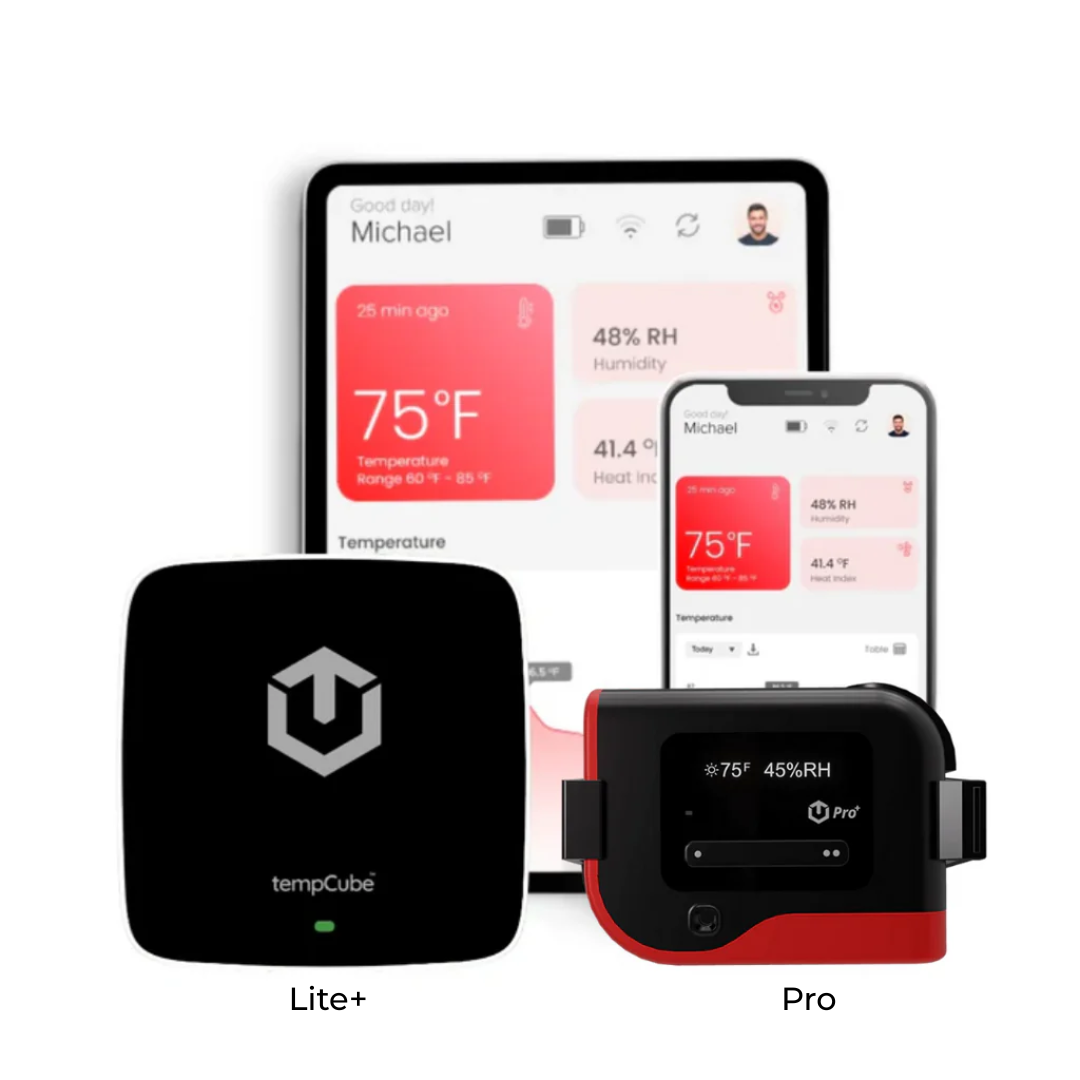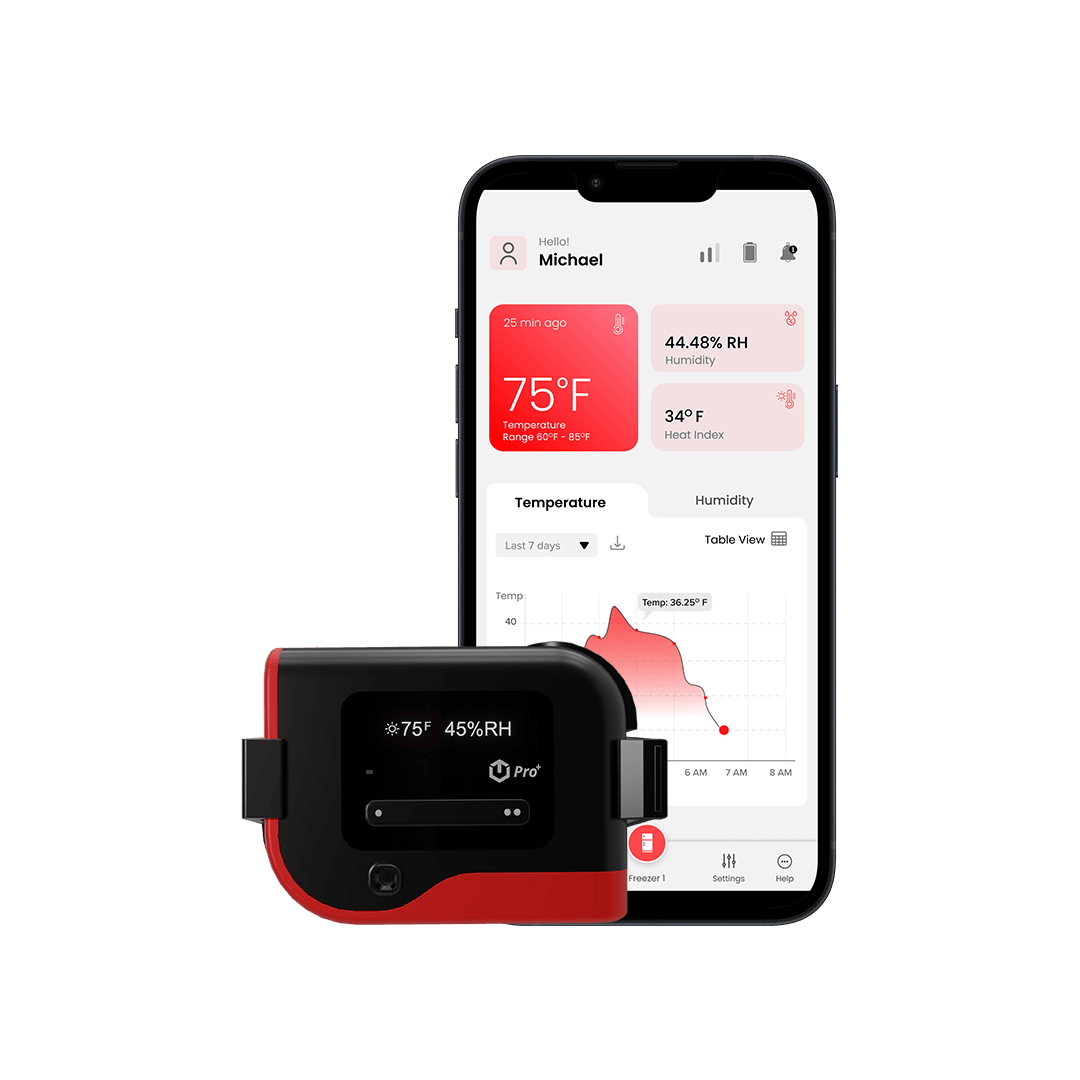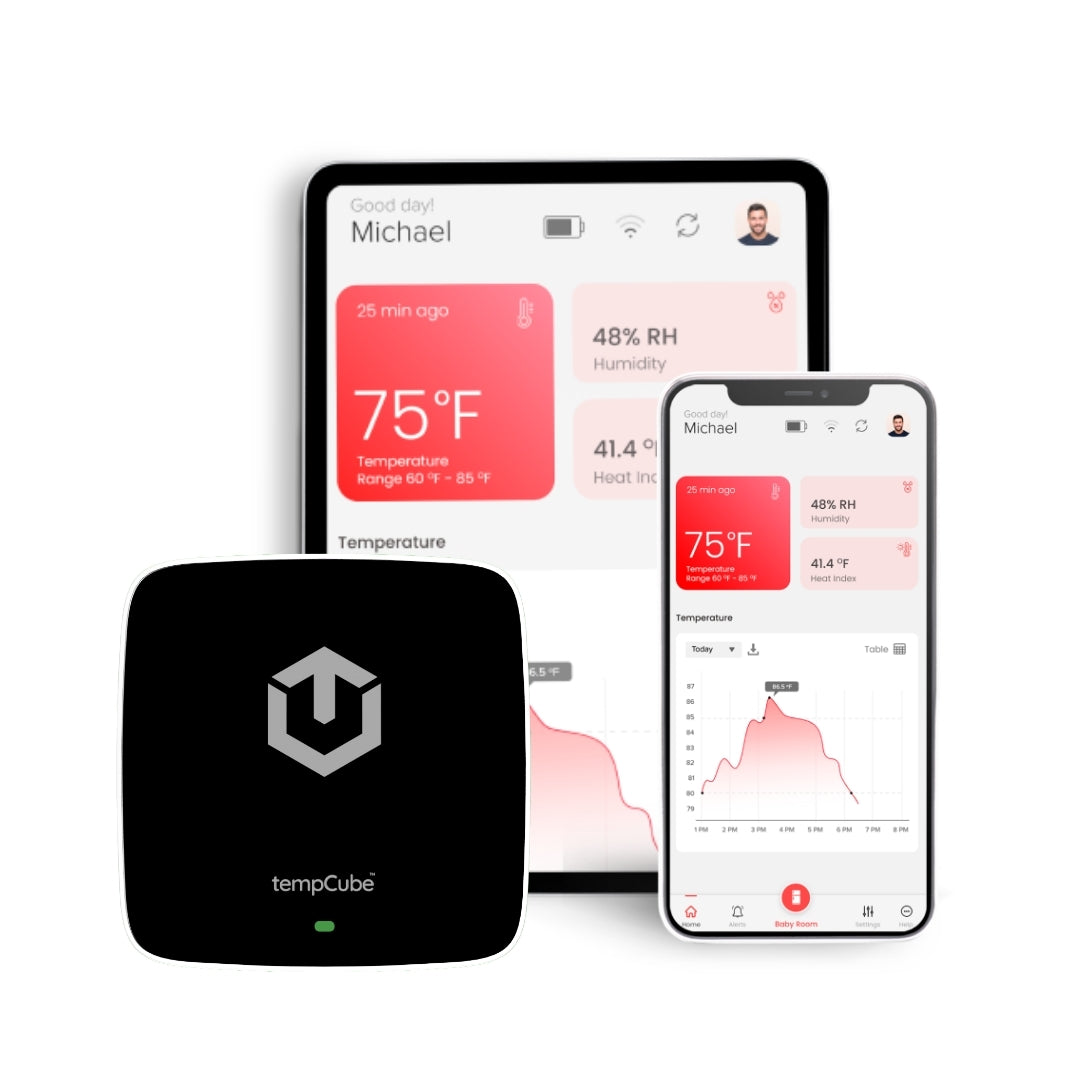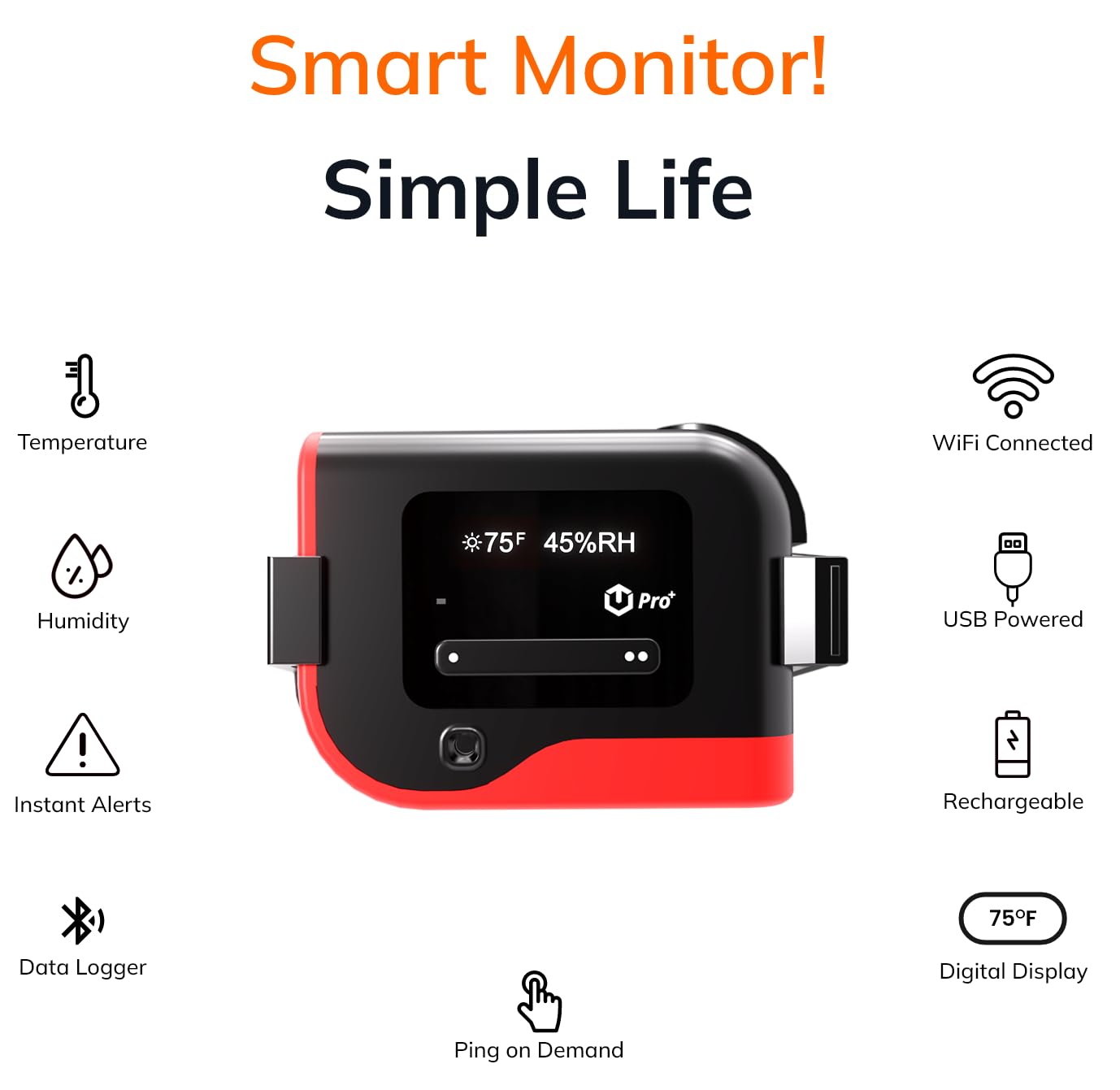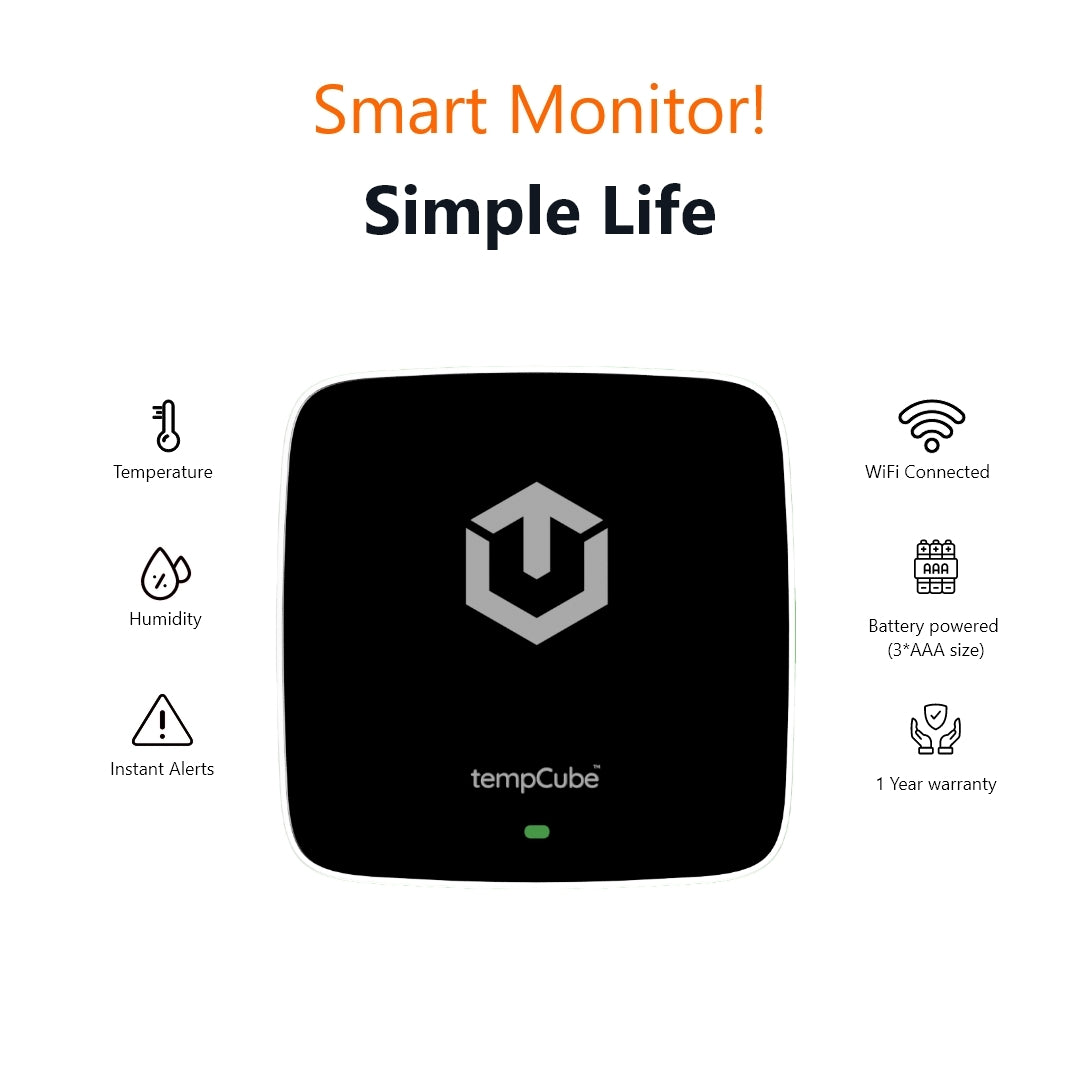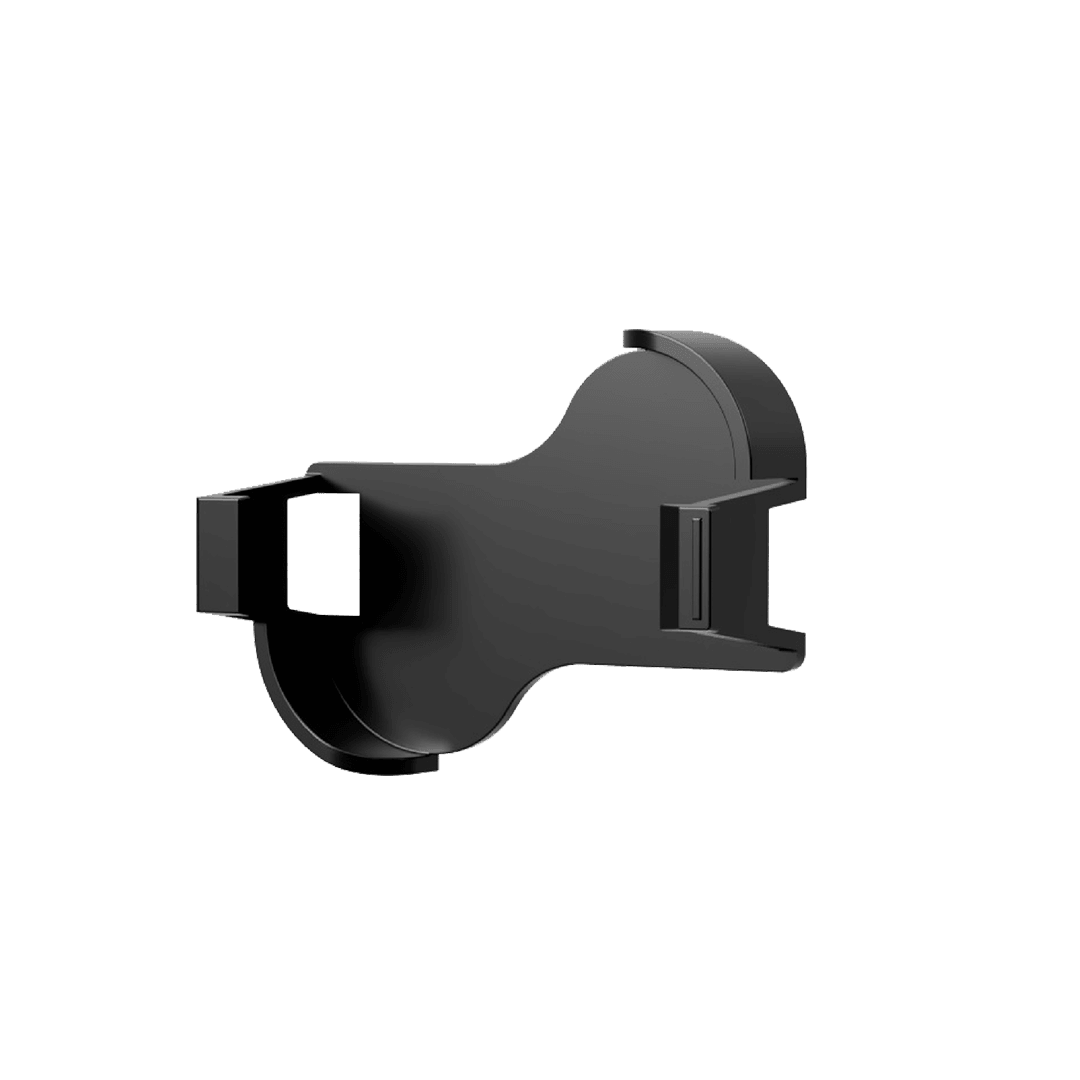In the ever-evolving landscape of agriculture, maximizing crop yields while conserving resources is a continuous challenge. Farmers around the world are embracing technology to enhance their farming practices, and one of the most transformative innovations in recent years is smartphone-connected sensors. These sensors have the power to revolutionize the way farmers monitor and manage their crops, leading to increased yields, reduced resource consumption, and ultimately, a more sustainable future for agriculture.
In this comprehensive guide, we will explore the profound impact of smartphone-connected sensors on crop production. We'll delve into the science behind sensor technology, the types of sensors available, best practices for their implementation, real-world success stories, and a glimpse into the future of sensor-driven agriculture.
The Agricultural Evolution
Understanding the significance of technology in modern agriculture:
-
Feeding the World: The role of agriculture in meeting global food demands.
-
Resource Challenges: Addressing the need for increased efficiency in resource utilization.
-
The Technology Revolution: How innovations are transforming farming practices.
The Science Behind Sensor Technology
Exploring the principles of sensor technology and its impact on crop management:
-
Data-Driven Farming: How data collection and analysis drive decision-making.
-
Key Variables: Understanding the variables that affect crop growth, including soil moisture, temperature, and light.
-
Optimal Conditions: The role of sensors in maintaining ideal conditions for crops.
The Evolution of Sensor Technology
A historical overview of sensor technology and its applications in agriculture:
-
Early Farming Tools: Basic methods for monitoring crop conditions.
-
Digital Sensor Revolution: The emergence of digital sensors and their advantages.
-
Wireless and IoT Sensors: The transition to wireless and Internet of Things (IoT) technologies.
Types of Sensors for Crop Management
An exploration of the different sensor technologies available:
-
Soil Moisture Sensors: How these sensors measure and optimize soil moisture levels.
-
Weather Sensors: Understanding sensors that monitor weather conditions and forecasts.
-
Light Sensors: The various types of light sensors used in crop management.
-
Nutrient Sensors: How sensors measure and control nutrient levels in the soil.
Benefits of Smartphone-Connected Sensors
An in-depth look at the advantages of using smartphone-connected sensors in agriculture:
-
Real-Time Monitoring: Access to real-time data and insights on crop conditions.
-
Remote Control: The ability to make adjustments and control systems remotely via smartphone apps.
-
Data Analysis: How sensor data can be analyzed to make informed decisions.
Best Practices for Implementing Smartphone-Connected Sensors
Guidelines for effectively integrating smartphone-connected sensors into farming practices:
-
Strategic Sensor Placement: Positioning sensors for comprehensive coverage.
-
Data Integration: Seamlessly integrating sensor data into smartphone apps and control systems.
-
Alert Systems: Configuring alerts and notifications for timely responses to crop conditions.
-
Calibration and Maintenance: Ensuring sensors remain accurate and reliable through regular upkeep.
Real-World Success Stories
Examining real-world scenarios where smartphone-connected sensors have transformed crop management:
-
Yield Optimization: Case studies showcasing how sensor data insights led to increased crop yields.
-
Resource Efficiency: Examples of sensors optimizing water and nutrient usage in farming.
-
Pest and Disease Management: Instances where sensors played a crucial role in identifying and mitigating pest and disease outbreaks.
The Future of Sensor-Driven Agriculture
A glimpse into the promising future of sensor-driven agriculture:
-
AI and Machine Learning: The role of artificial intelligence and machine learning in optimizing farming practices.
-
IoT Integration: Sensors becoming part of the broader Internet of Things (IoT) ecosystem for comprehensive monitoring.
-
Sustainability and Precision Agriculture: How sensor technology promotes sustainable and precise farming practices.
Conclusion
Maximizing crop yields while minimizing resource consumption is the holy grail of modern agriculture, and smartphone-connected sensors have emerged as the key to achieving this balance. As you celebrate higher yields, reduced resource usage, and a more sustainable approach to farming, remember that smartphone-connected sensors are your allies. In an era where precision farming is key, embracing this technology isn't just an option; it's a necessity for optimizing crop conditions, improving yields, and ensuring a bountiful future for agriculture. With sensors and smartphones in hand, you can truly maximize crop yields with confidence.

